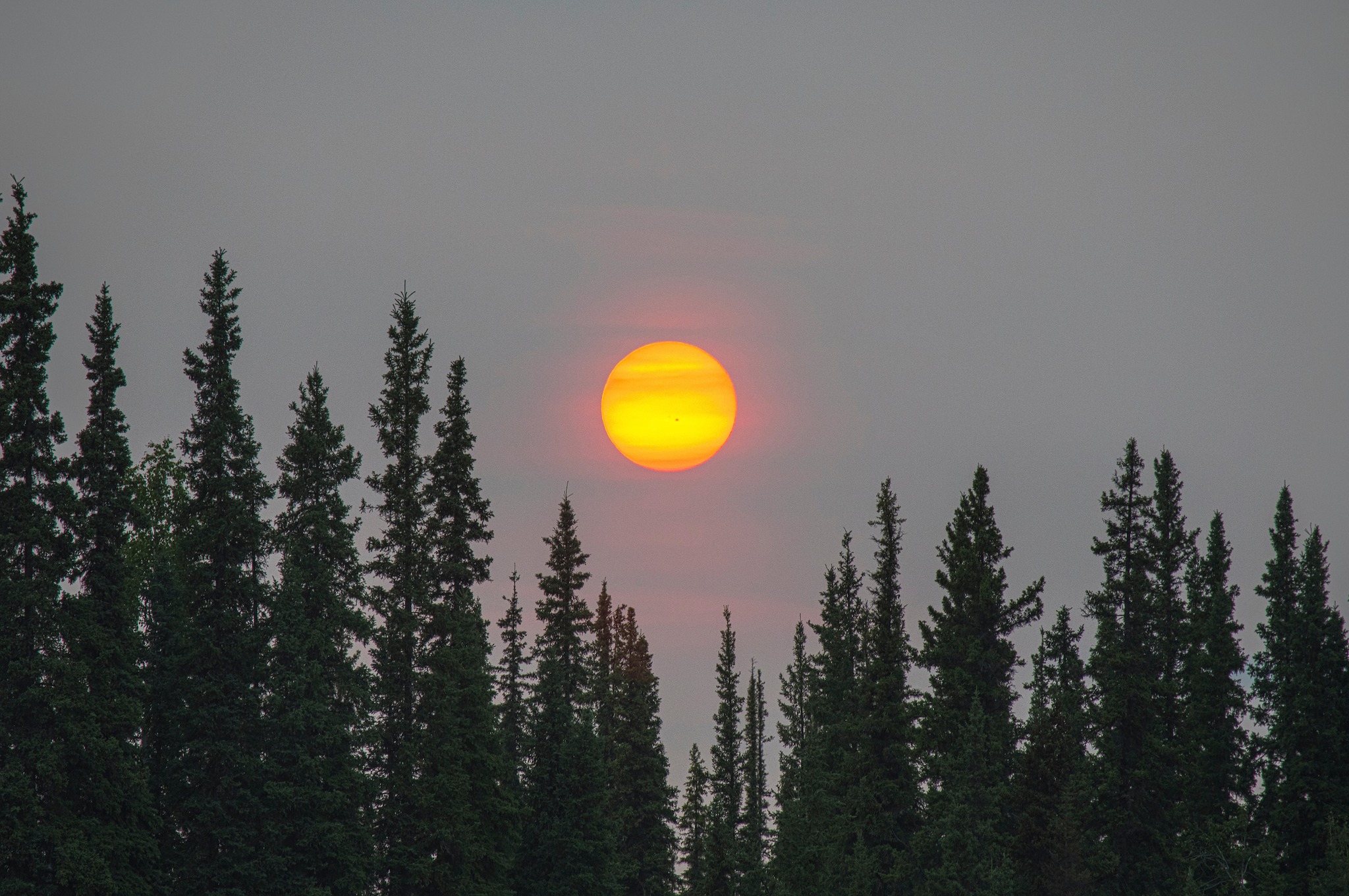FAIRBANKS, ALASKA — The third and final NASA sounding rocket in a mission to better understand how the aurora affects the upper atmosphere launched last April and dispersed white vapor tracers high over central Alaska.

The third of three sounding rockets launches from Poker Flat Research Range at 1:33 a.m. March 29, 2025. Two other rockets in the same science mission launched from Poker Flat on March 25.
The first two rockets launched from Poker Flat Research Range north of Fairbanks on Tuesday, March 25, with one taking a route similar to Saturday’s rocket and the other flying farther north to eject colorful vapor tracers over the Arctic Ocean above Utqiagvik and Kaktovik.
The mission, titled Auroral Waves Excited by Substorm Onset Magnetic Events, or AWESOME, is led by space physics professor Mark Conde of the University of Alaska Fairbanks Geophysical Institute and UAF College of Natural Science and Mathematics.
The mission included ground observation sites at Utqiagvik, Kaktovik, Toolik Field Station, Venetie, Eagle and Poker Flat. Ten UAF graduate and undergraduate students, along with staff and research faculty, operated cameras at the sites.
NASA and some of the nation’s top universities also participated.
“The big picture is that things worked, so it’s very gratifying knowing I should have the data to address the questions that we asked,” Conde said. “Also very gratifying is that the students working at the six ground observation stations did a fantastic job. They all understood what was required. They understood the equipment and supported the mission flawlessly.”
Aly Mendoza-Hill, program executive for sounding rockets in the Heliophysics Division at NASA Headquarters in Washington, D.C., praised the team and the mission.
“The entire team persevered to make these three successful complex launches happen,” Mendoza-Hill said. “These launches are a great accomplishment in the effort to continue to research the impact of auroras and potentially improve space weather forecasting.”
Vapor tracers from the third rocket appeared quite different from those of the other two rockets due to a faulty payload valve. The result was a bright white ring that hung in the sky for a short while early Saturday.
“That ring was spectacular. It was extremely bright and absolutely unmissable,” Conde said.

The vapor tracer payload from a sounding rocket that launched from Poker Flat Research Range on March 29 had a malfunction that caused the tracer material to appear as a large doughnut or cylinder seen widely across central Alaska.
